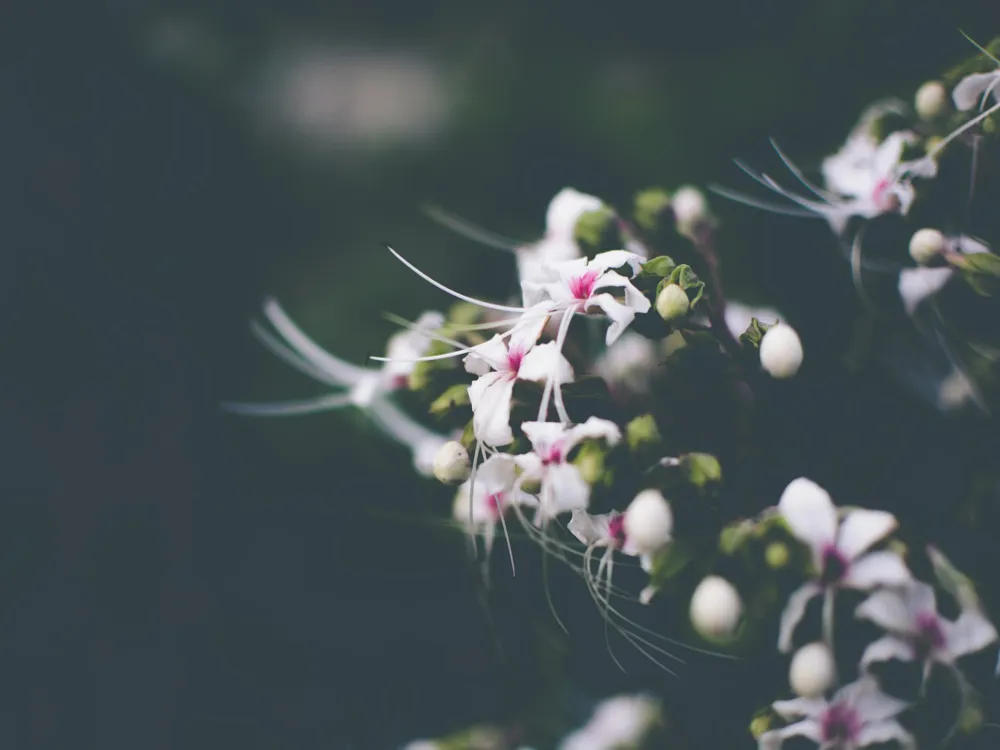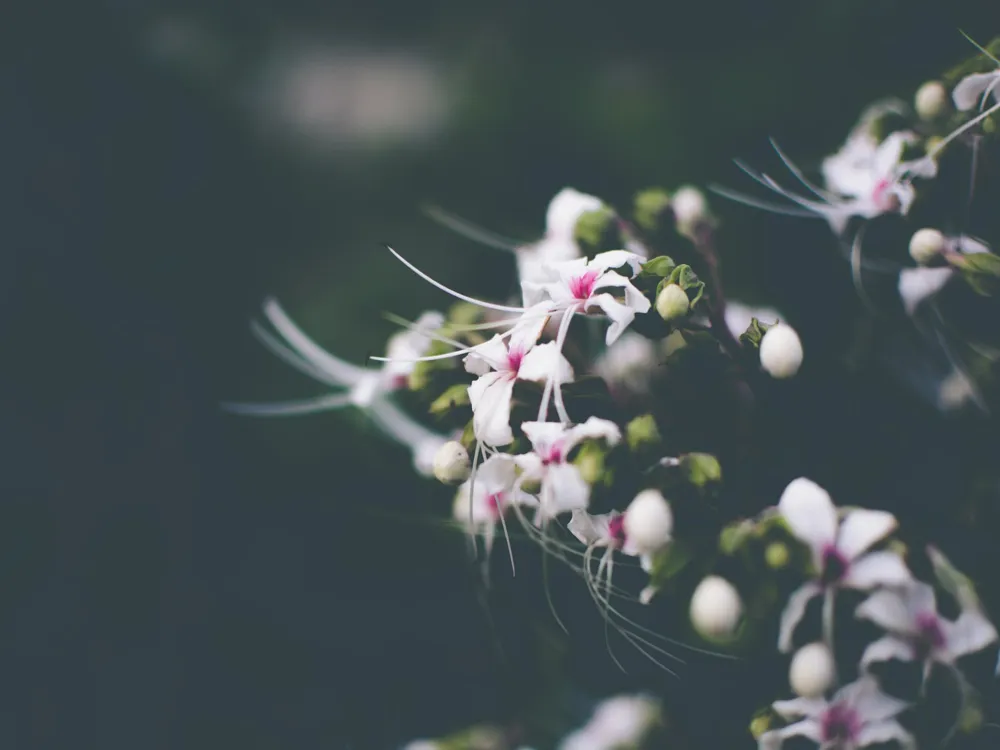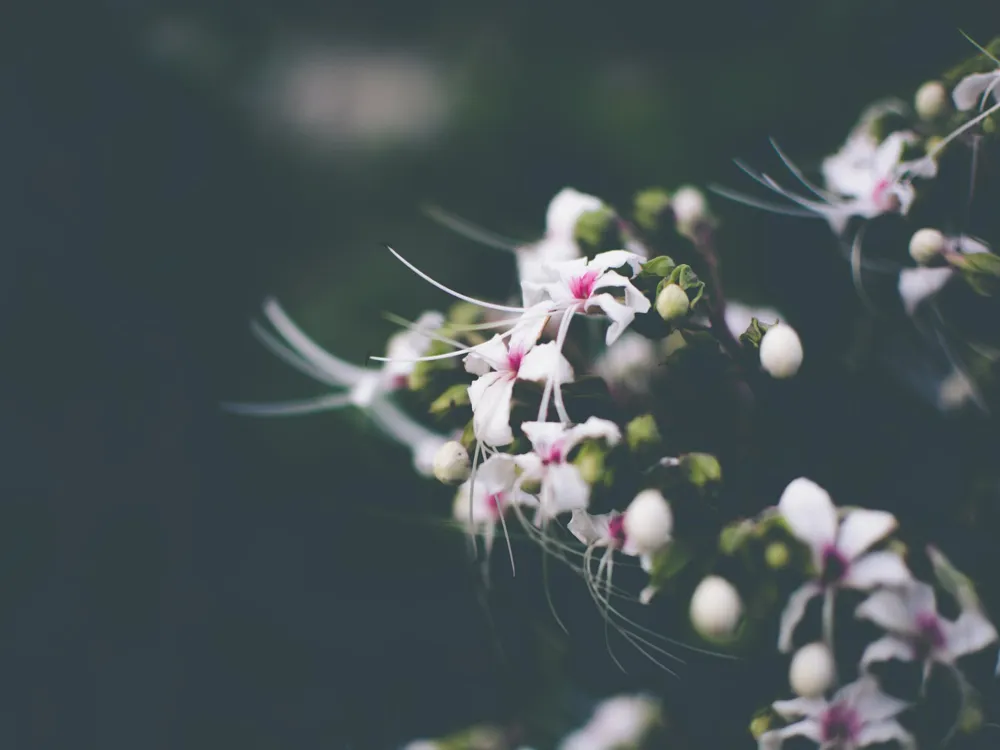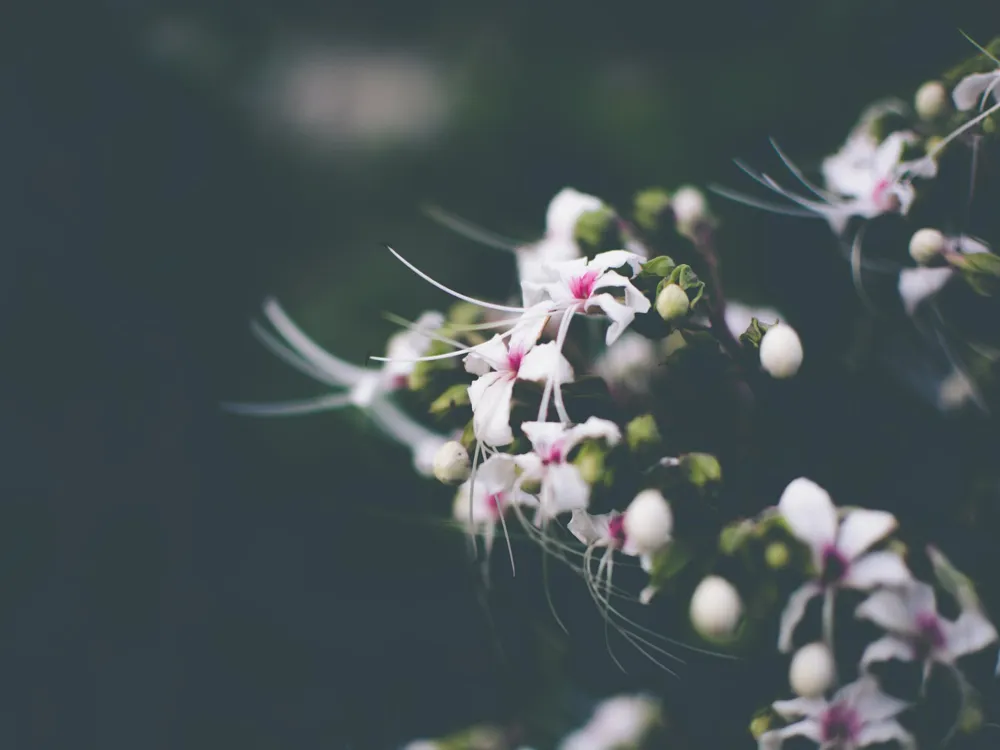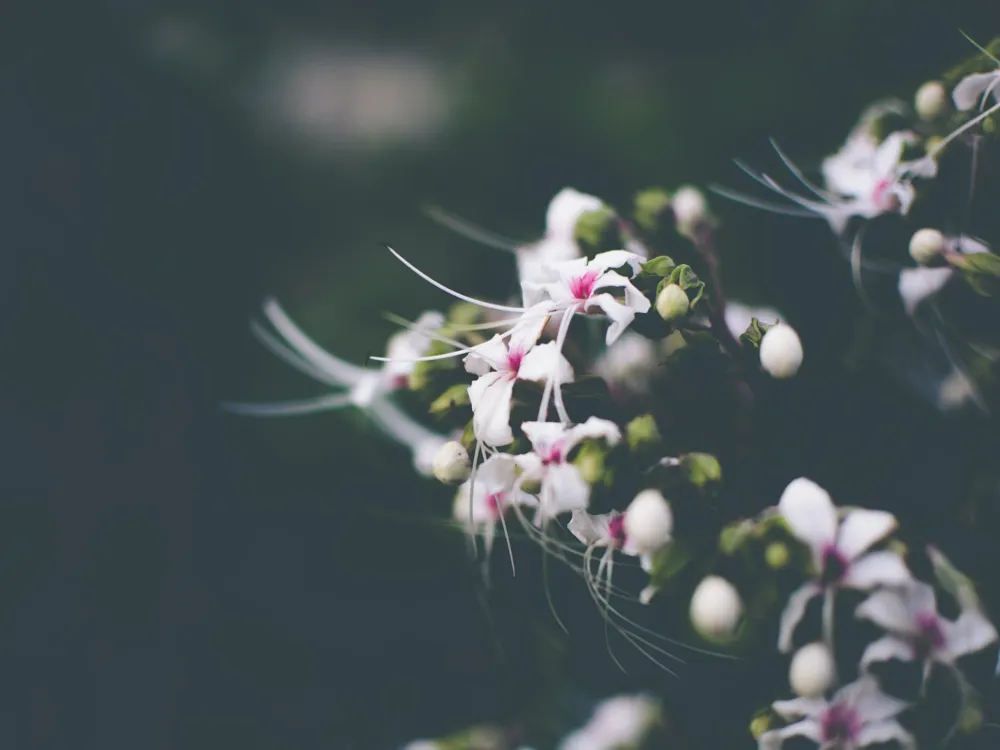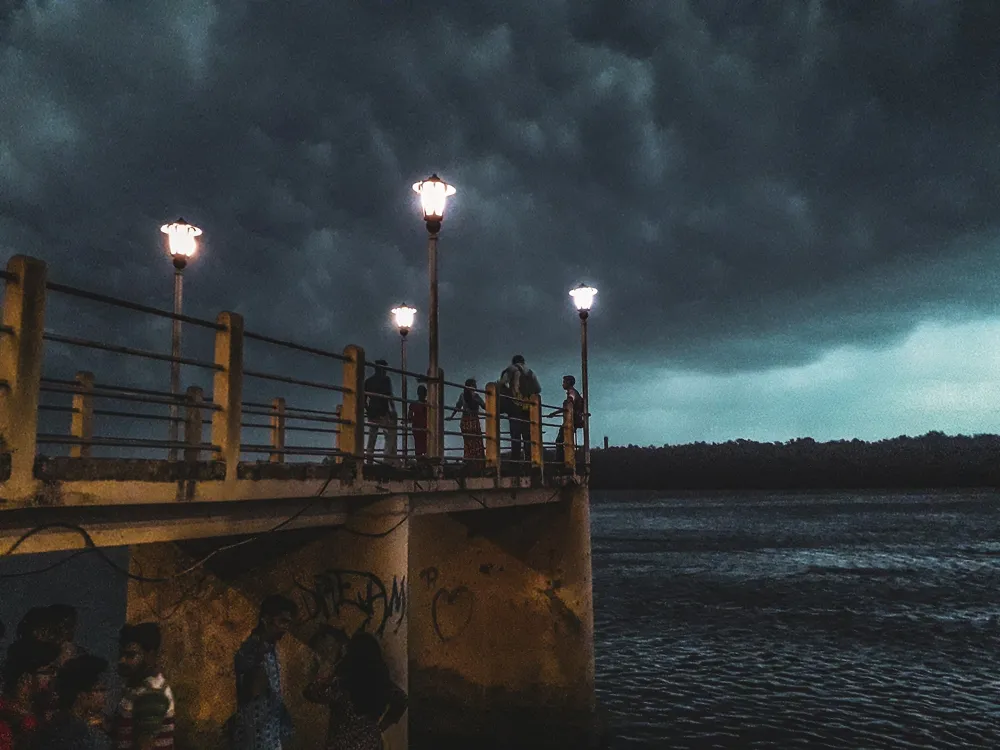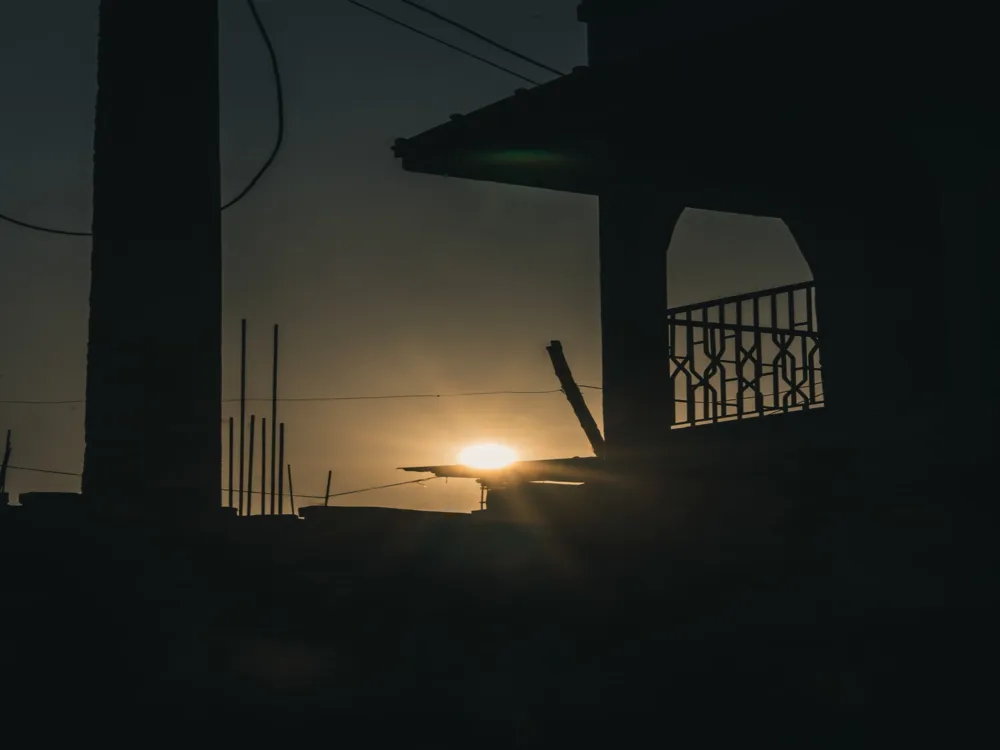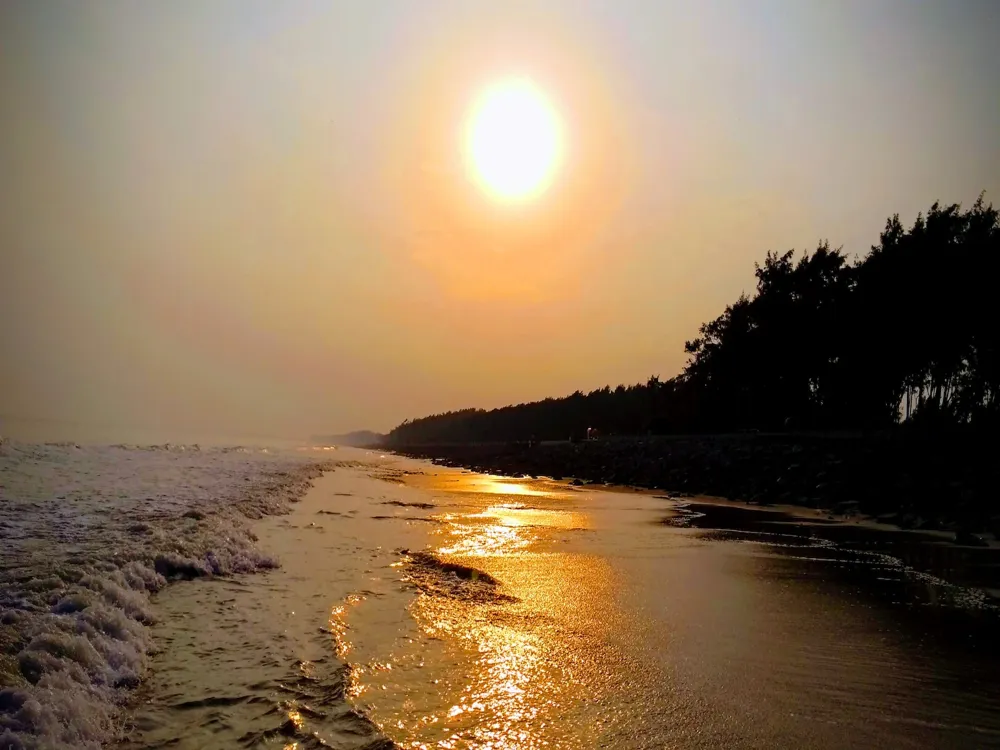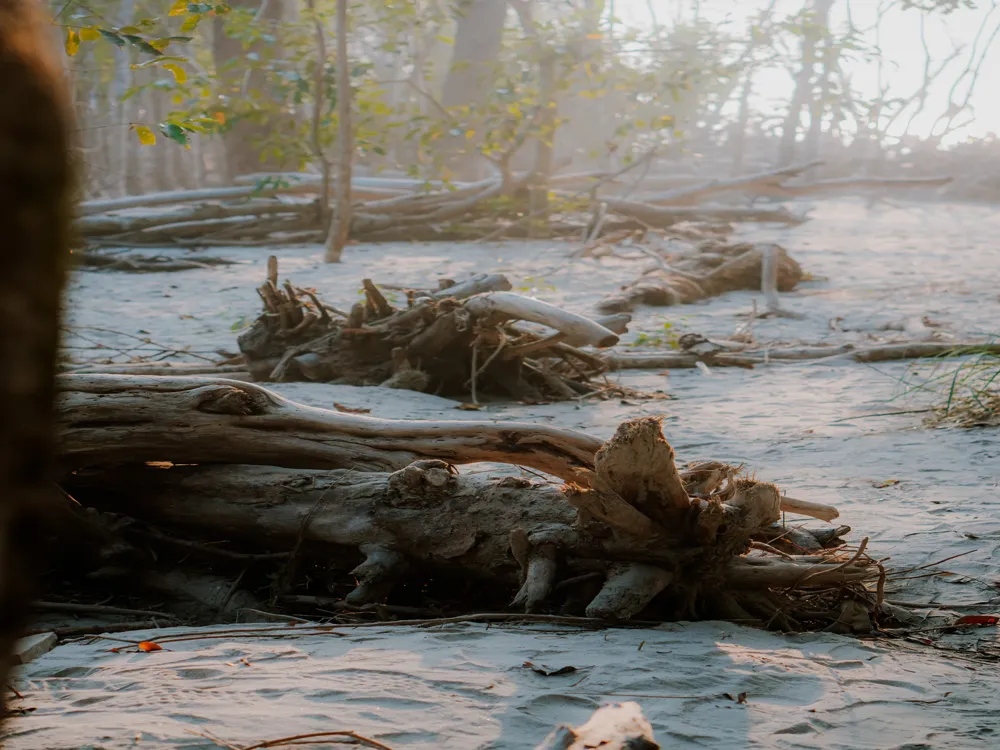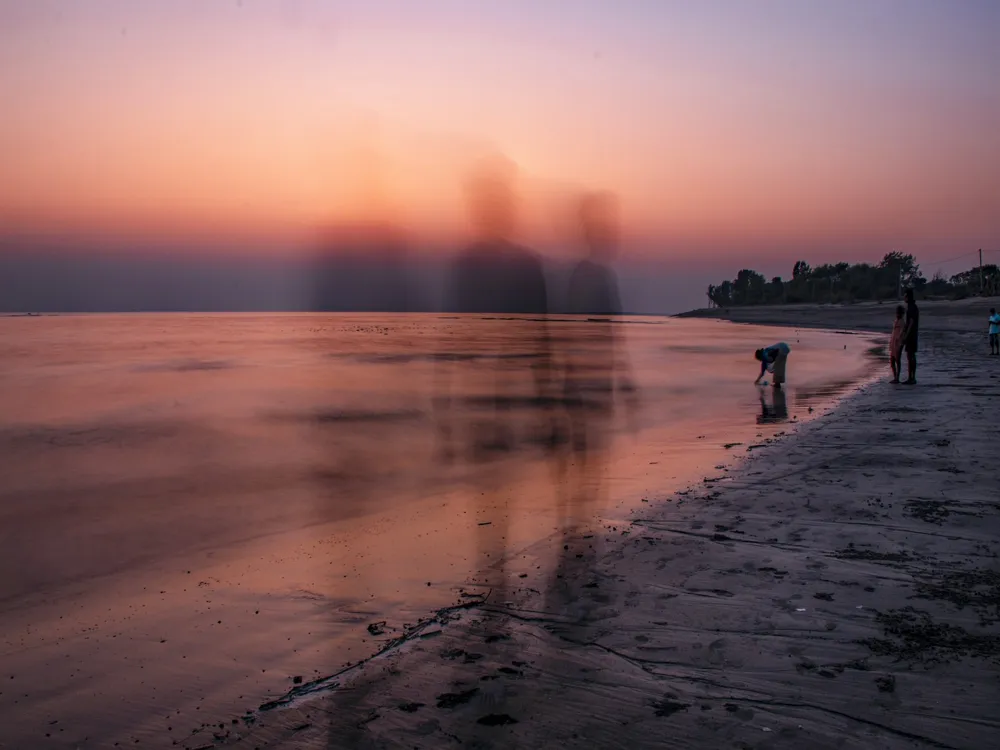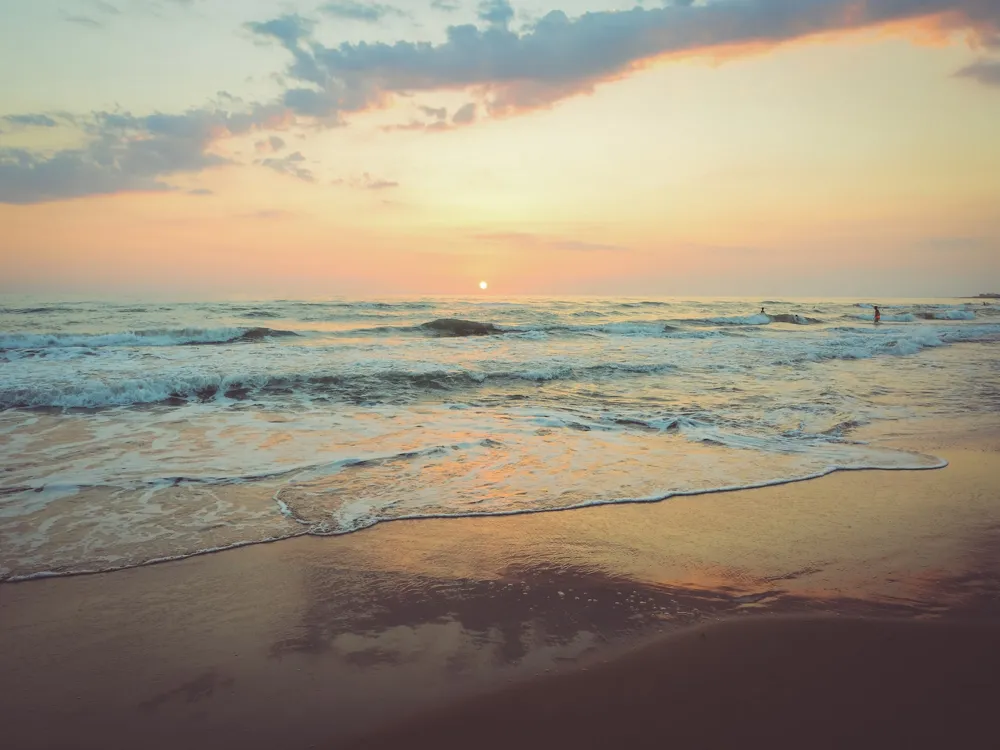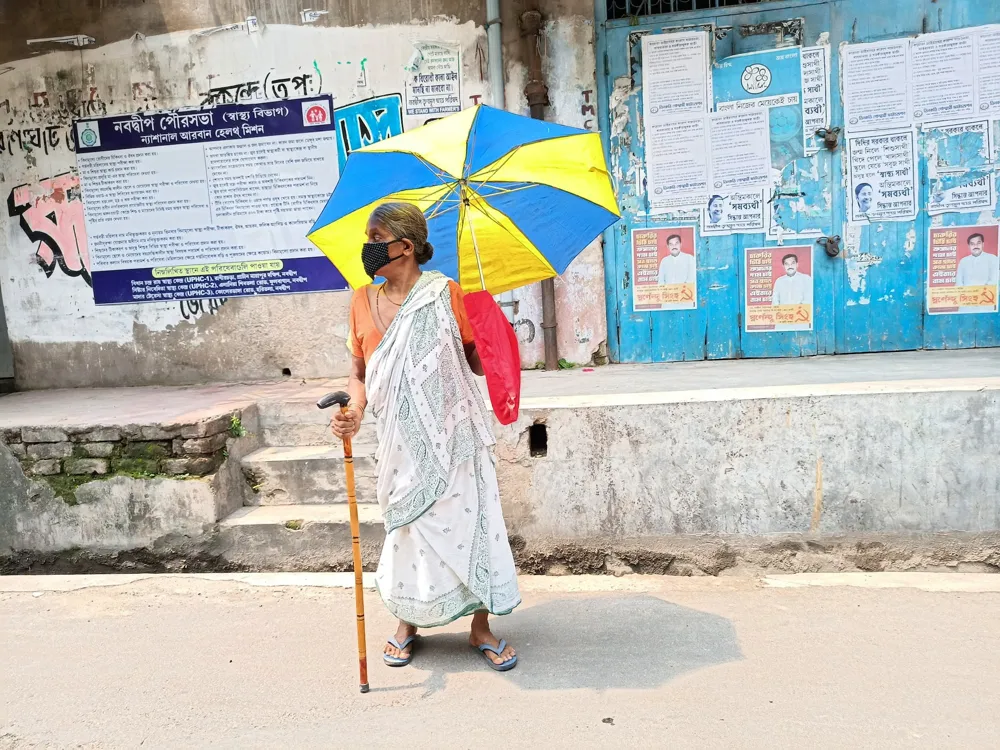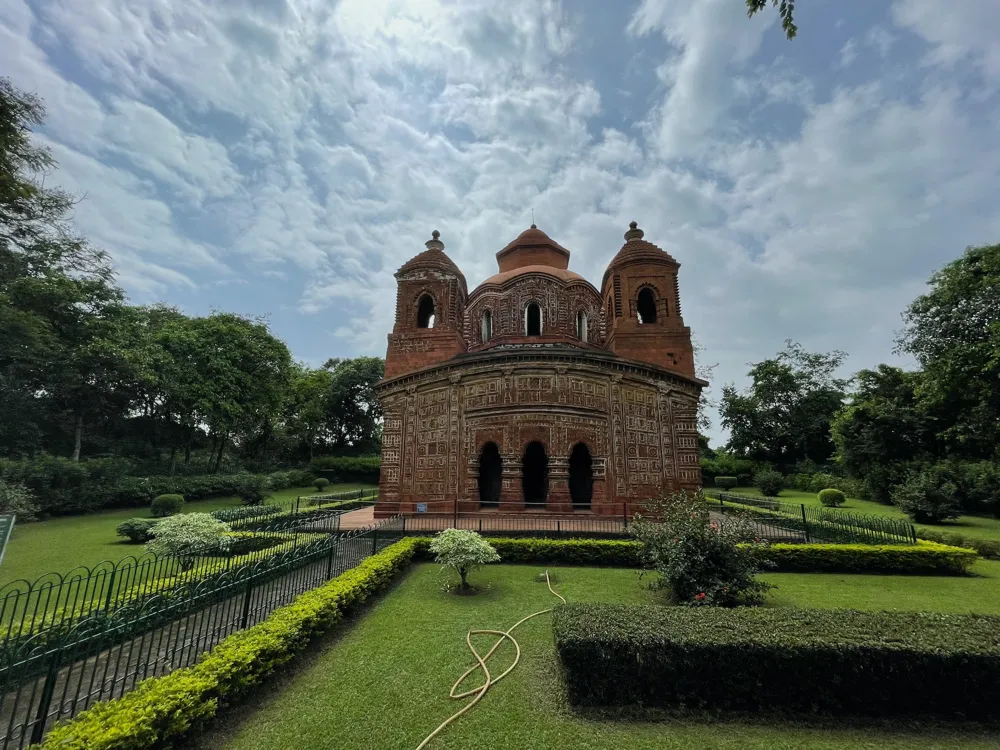Nestled in the serene landscape of West Bengal, the Sonajhuri Forest stands as a testament to nature's unadorned beauty. Located near the culturally-rich town of Santiniketan, which was made famous by the Nobel Laureate Rabindranath Tagore, Sonajhuri Forest is not just a natural retreat but a symbol of harmony between man and nature. This enchanting forest is characterized by its distinctive Sonajhuri trees, known scientifically as Acacia Auriculiformis, which paint a picturesque scene with their golden blooms. The forest is more than just a haven for nature enthusiasts; it's a vibrant canvas showcasing the cultural ethos of Bengal. Every Saturday, the famous 'Khoai Haat' or Sonajhuri Market comes to life with local artisans and performers, creating an atmosphere of festivity and traditional charm. It's a place where one can immerse themselves in the local culture, arts, and crafts, and get a glimpse of rural Bengal's soul. The tranquil environment of Sonajhuri, coupled with the gentle rustling of the leaves and the distant melody of Baul singers, offers a therapeutic escape from the hustle and bustle of city life. It's a place where you can unwind and reconnect with the simpler joys of life, be it through a leisurely walk under the shady canopy, a boat ride on the nearby Kopai River, or just sitting back to enjoy the natural splendor. The architecture of Sonajhuri Forest is not man-made structures, but the intricate design of nature itself. The forest's layout is a splendid display of natural artistry, where the Sonajhuri trees with their twisted trunks and golden-yellow flowers create a mesmerizing effect. The forest floor is covered with a carpet of dry leaves, adding to the rustic charm of the place. The forest's architecture extends to its surrounding landscapes as well. The 'Khoai' region, characterized by its red laterite soil, forms a unique topographical feature in the area. These naturally sculpted 'Khoai' canyons are formed by the natural erosion of the soil, creating a dramatic contrast against the greenery of the forest. The simplicity and unspoiled beauty of Sonajhuri Forest's natural architecture are a stark contrast to the concrete jungles of urban areas. It represents an organic, eco-friendly environment that has evolved over centuries. The forest is a living example of sustainable coexistence with nature, largely untouched by modern architectural influences. This natural architecture is not just visually appealing but also plays a crucial role in the ecological balance, providing a habitat for a variety of flora and fauna. The best time to visit Sonajhuri Forest is during the winter months from November to February when the weather is pleasant. This is also the time when the Sonajhuri trees are in full bloom, adding to the forest's beauty. Carry essentials like water, snacks, a hat, sunscreen, and insect repellent. It's also advisable to wear comfortable shoes for walking and carry a camera to capture the picturesque scenery. Visitors should respect the local culture and traditions, especially when interacting with local artisans or visiting the Sonajhuri Market. It's important to remember that this place is not just a tourist spot but a cultural hub for the local community. While exploring the forest, be mindful of the wildlife and flora. It's crucial to maintain a safe distance from any wildlife and not to disturb the natural habitat. Sonajhuri Forest is easily accessible from Kolkata. It's about a 3 to 4-hour drive from the city. Visitors can opt for public transport like buses or trains to Bolpur or Santiniketan, and from there, local transport like auto-rickshaws or taxis can be taken to reach the forest. For those preferring a more scenic route, driving through the countryside to reach Sonajhuri is a delightful experience in itself. Read More:Overview of Sonajhuri Forest, Kolkata, West Bengal
Architecture of Sonajhuri Forest
Tips When Visiting Sonajhuri Forest
Best Time to Visit
What to Bring
Respecting the Local Culture
Wildlife and Flora
How To Reach Sonajhuri Forest
Sonajhuri Forest
Kolkata
West Bengal
NaN onwards
View kolkata Packages
Weather :
Tags : Forest
Timings : 24 hrs
Time Required : 1 day
Entry Fee : No Entry Fee
Planning a Trip? Ask Your Question
Kolkata Travel Packages
View All Packages For Kolkata
Top Hotel Collections for Kolkata

Private Pool

Luxury Hotels

5-Star Hotels

Pet Friendly
Top Hotels Near Kolkata
Other Top Ranking Places In Kolkata
View All Places To Visit In kolkata
View kolkata Packages
Weather :
Tags : Forest
Timings : 24 hrs
Time Required : 1 day
Entry Fee : No Entry Fee
Planning a Trip? Ask Your Question
Kolkata Travel Packages
View All Packages For Kolkata
Top Hotel Collections for Kolkata

Private Pool

Luxury Hotels

5-Star Hotels

Pet Friendly








